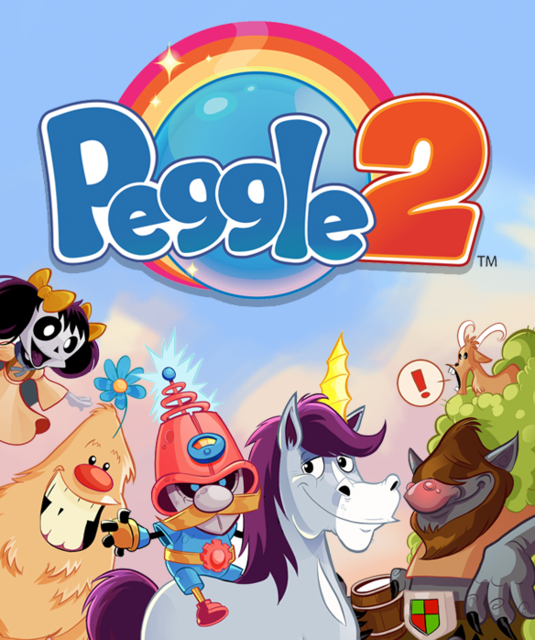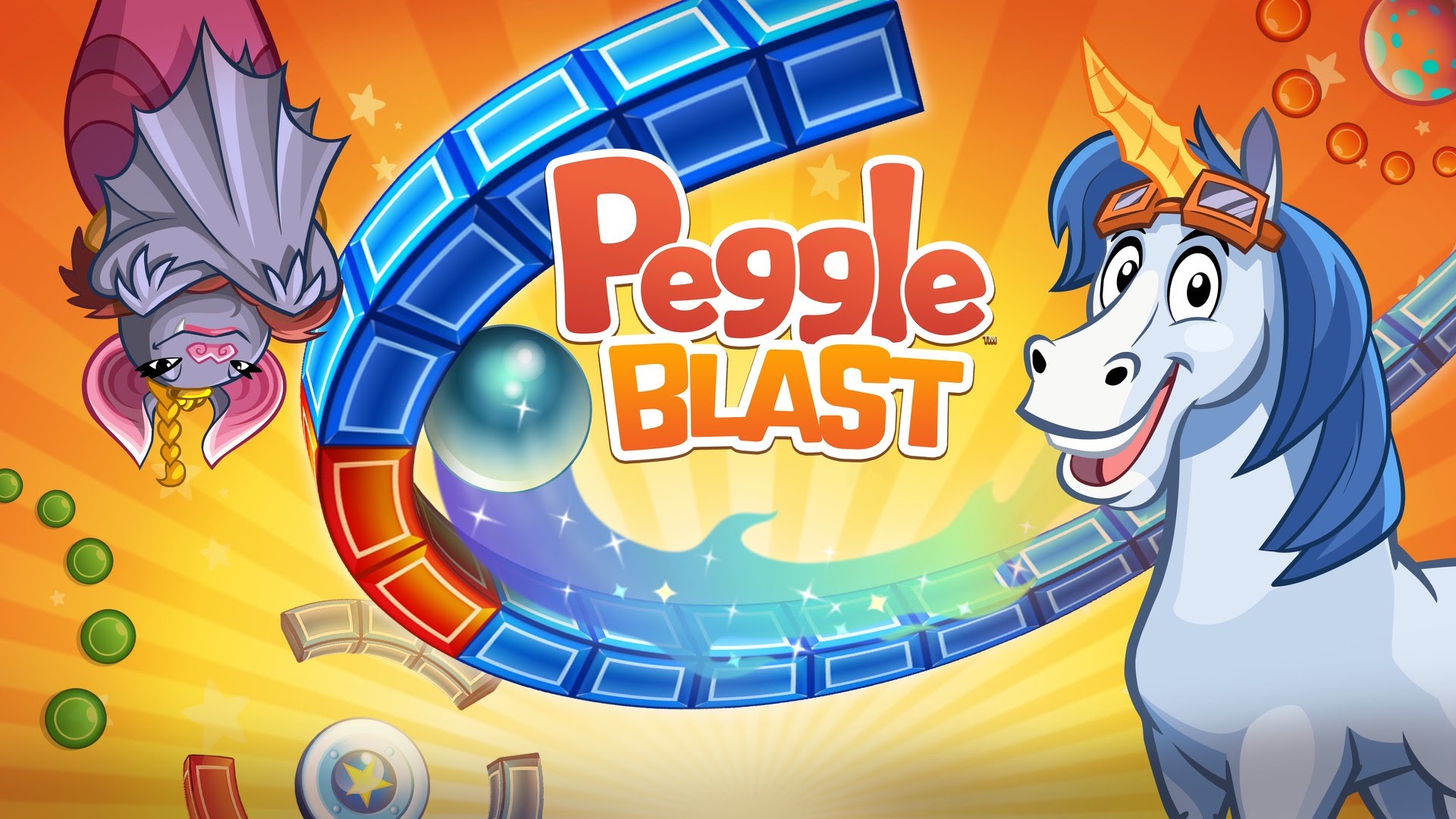As a precursor to my upcoming GDC talk on Peggle 2’s adaptive orchestral score, I’d like to channel some of these thoughts and ideas through the GANG blog format. There’s so much I’d like to cover that a one hour talk can only scratch the surface. This first post will be an overview of the audio design and aesthetic. My hope is that comments here from GANG members and others will inform my talk and point me to what our colleagues are interested in hearing more about. So chime in please!
Pegggle 2 was released on XBox One, on the heels of its holiday release as a downloadable title. Being part of the next-next gen allowed us to stretch our wings in several ways, including surround mixing, real-time DSP, multi-track/multi-section music, production quality, and of course sheer content and processor power.
The overiding goal was to create a music/sound design that is so emmeshed with the actual game design that it becomes an essential part of the game’s storytelling. We wanted to create an emotional arc with the music and sound that not only followed the game design, but pushed the right emotional buttons at exactly the right moments. As with any good story, ‘timing is everything’; and the only way to get ‘timing’ right in game audio is to be tightly integrated with the overall design of a game. At the same time, I didn’t want Peggle to become a ‘music game’ or ‘rhythm game’; to the contrary, the score isn’t neccesay to play the game, but you miss much of the experience without it.
Here’s a montage of gameplay from Peggle 2. If you haven’t played Peggle 2 yet, check it out before reading on.
http://www.youtube.com/playlist?list=PL35MOja90e7_cuosJzgYh59jWVmK9KLHE
Rule number one for adaptive design: Often a few well integrated adaptive audio features will trick folks into thinking the design more complex than it really is under the hood.
Now for a high level overview of how the Peggle 2 audio-music design works: …under the hood, as it were… Future posts will go into specific features in greater detail:
-Full use of surround mixing for SFX and music and ambience (the video link is stereo, play the game to experience surround ![]()
-State based dynamic mixing and content switching
-Music and sound design fully coordinated via mixing states, ducking, and synchronization
-LFE sub content for choice moments such as Fever and Power activation
-Extensive use of real-time DSP for sound and music, including reverb (ambient and musical), delay, dynamics, etc.
-Music broken into individual instrument tracks (horizontal slices) and into shorter phrases/sections (vertical slices)
-Orchestra recordings done individually for each insrument section i.e. violins, viola, cellos, all separate etc.
-Orchestra recorded sections of music or even phrases rather than long pieces
-Single note ‘samples’ were recorded for the Peg Hit sounds i.e. string pizz for Bjorn’s pegs
-Music progresses through 7 variable music sections/phrases over the course of a game, prior to Fever(win), or the lose stinger.
-If the player is inactive, the music transitions to an ‘inactive’ more ambient music section, and returns as soon as the player begins again.
-Peg hits are considered a melody instrument, and part of the music.
-Peg hits play ascending diatonic scales that work with the harmony of the underlying music phrase
-Those peg hit scales change as the music phrases underneith them change, even during shots
-The ‘Free Ball’ choir ahhh chord, is always in harmony with the underlying music phrase
-Timpani rolls (leading to the winning peghit) also are in tune with underlying music
-Ambient SFX accent good shots, and are often in sync with the music
-Music and ambience follow complimentary dynamic arcs during a game, so that each get their moments to shine (and so they don’t crowd the mix)
-Each Peggle Master (animated character) has a unique set of original music (including peg hits) that leads to their own classical ‘Fever’ ending
-Each Master’s music follows the above audio design template
-In Multi-player mode, up to four simultaneous music sets (one per player/Master) track matches, so that a player can instantly switch between and watch/hear other players’ games.
That’s all for now. Happy to hear your thoughts and questions!
Find the joy,
-guy


